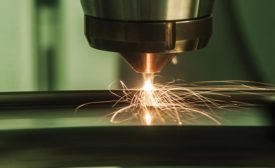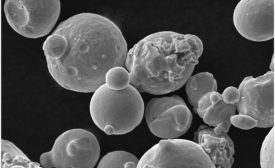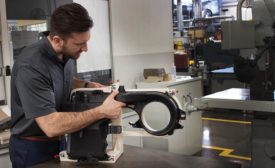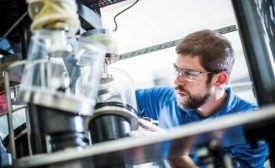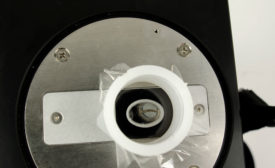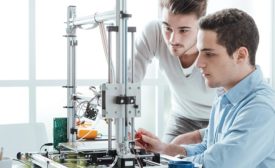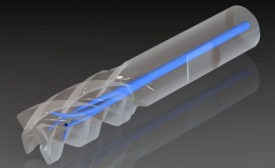Home » 3D printing/additive manufacturing
Articles Tagged with ''3D printing/additive manufacturing''
Traditional nondestructive inspections are performed much the same for additive parts, but there are some new limitations introduced by the AM methods.
Read More
Producing Quality Metal Parts with Additive Manufacturing
Learn more about the entire 3D printing process from powder characterization to determining the best tests to qualify parts for the aerospace industry.
July 1, 2018
Streamlining Automotive Production with Additive Manufacturing
Using additive manufacturing not only can reduce lead times, it can provide significant cost savings through reduced material consumption and improved design.
May 14, 2018
QUALITY WEB EXCLUSIVE
RAPID + TCT 2018: Additive Manufacturing Goes Mainstream
April 27, 2018
3D Printing Speeds Development of New Materials for Medical Devices
Despite regulatory challenges, many U.S.-based companies and research labs are forging ahead with hybrid materials for 3D printed medical implants that could revolutionize healthcare.
March 1, 2018
Setting Standards for Additively Manufactured Parts
To fulfill potential, additively manufactured parts must stand up to fatigue testing.
February 1, 2018
Handheld XRF for Non-Standard Alloy QA/QC Applications
It can be used for new applications such as inspecting powder for sintered metal used in 3D printing.
November 13, 2017
The Future of 3D Printing
With the combination of CT technology and 3D printing, many new applications are possible.
March 1, 2017
Stay in the know with Quality’s comprehensive coverage of
the manufacturing and metrology industries.
eNewsletter | Website | eMagazine
JOIN TODAY!Copyright ©2024. All Rights Reserved BNP Media.
Design, CMS, Hosting & Web Development :: ePublishing
